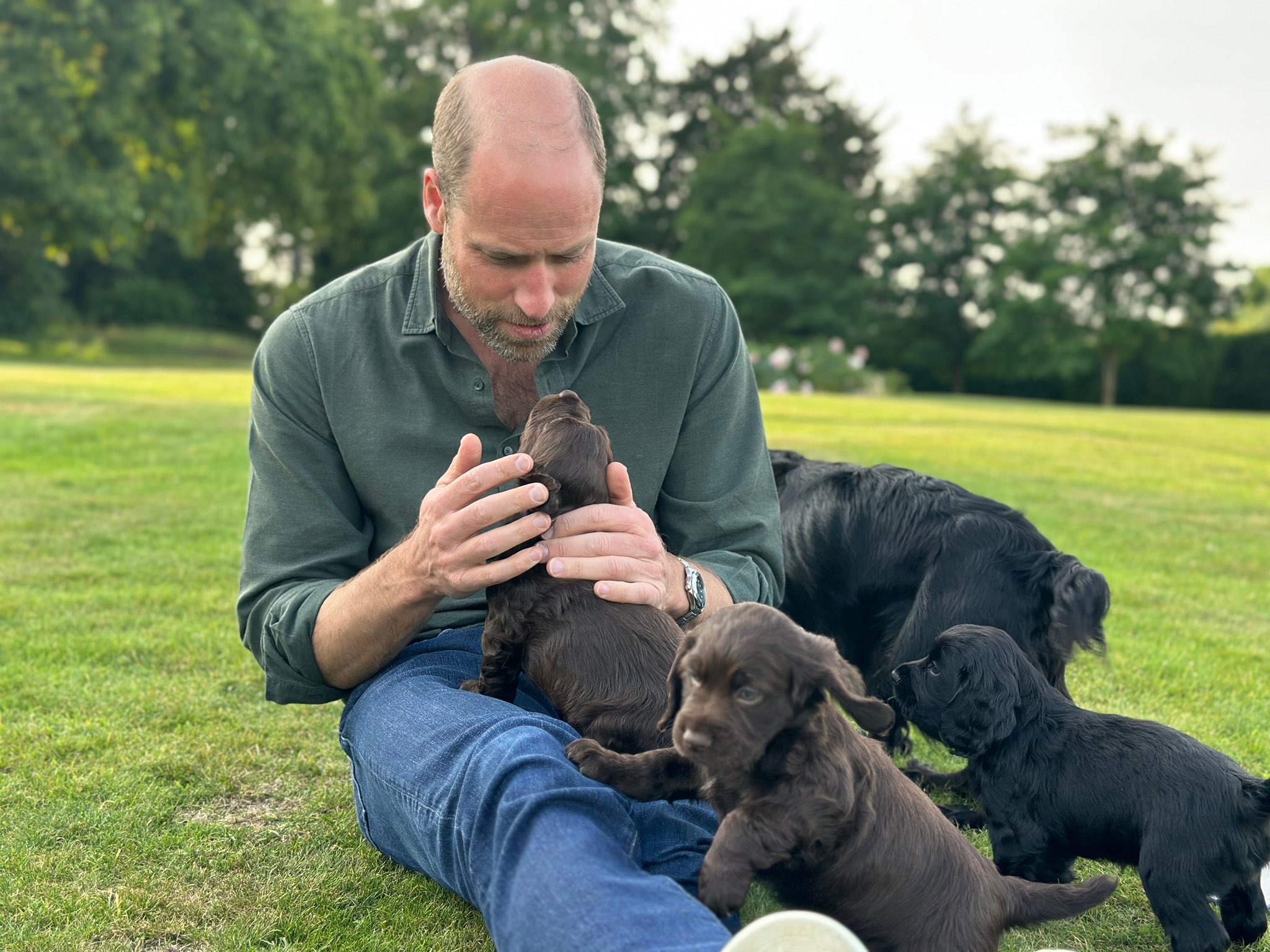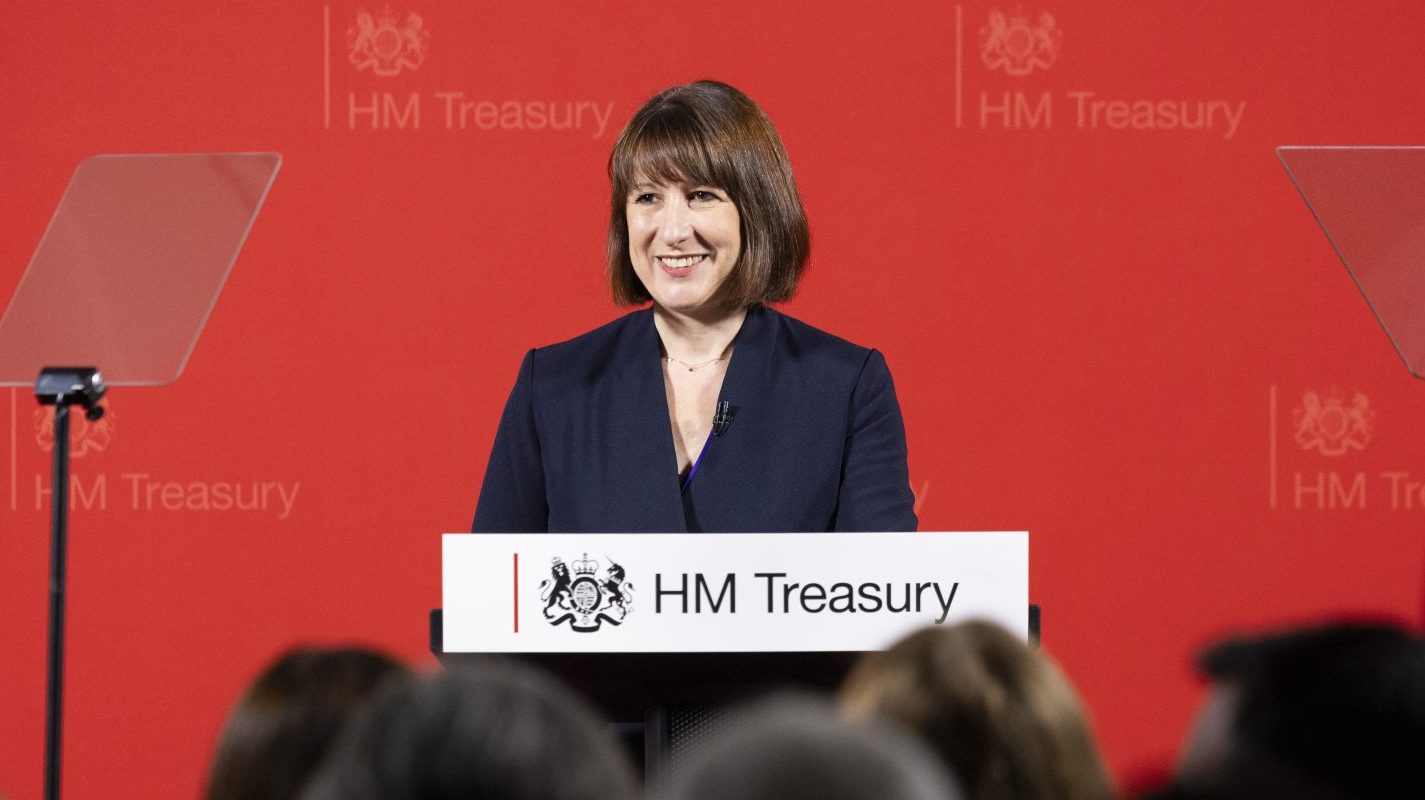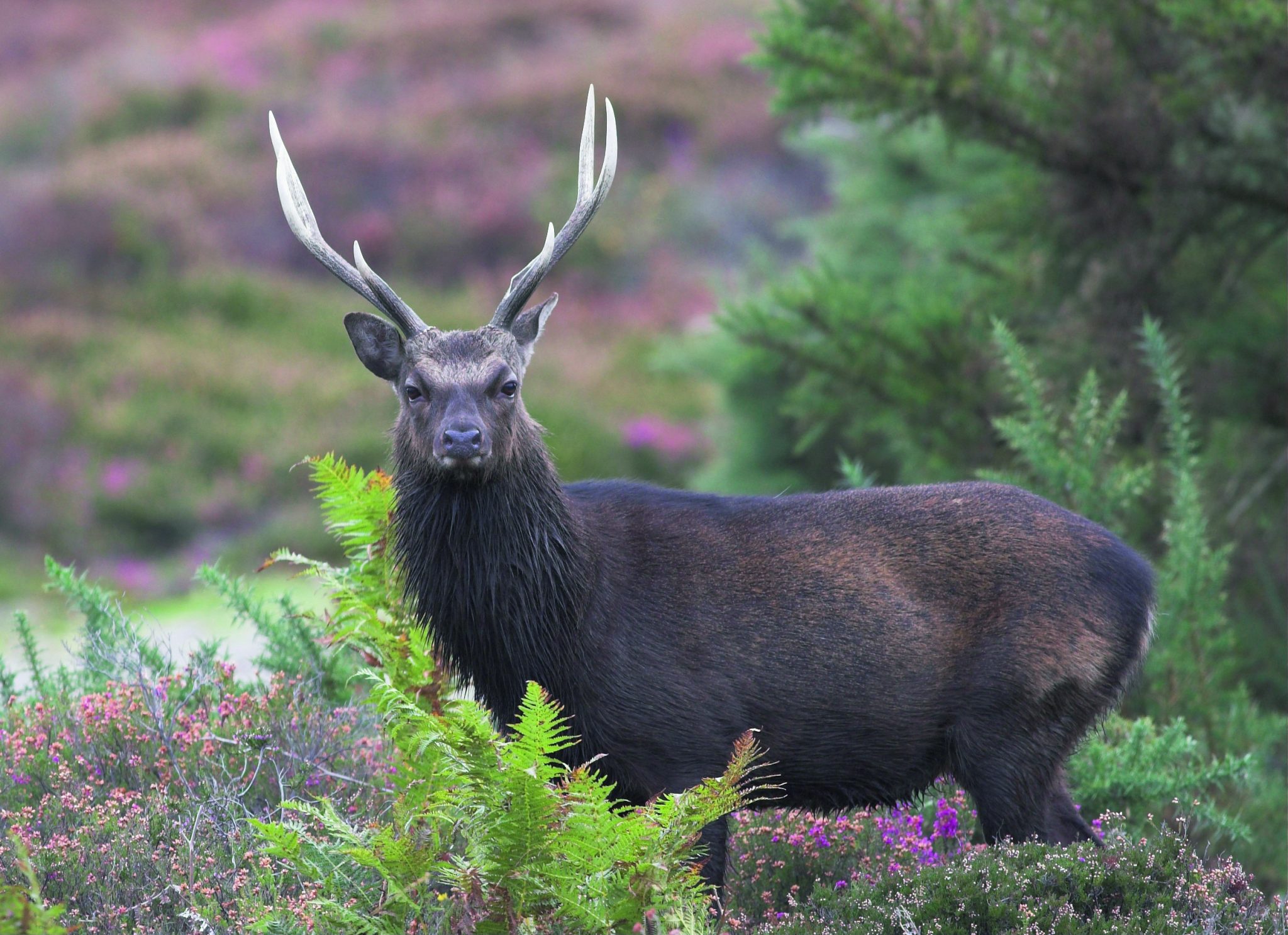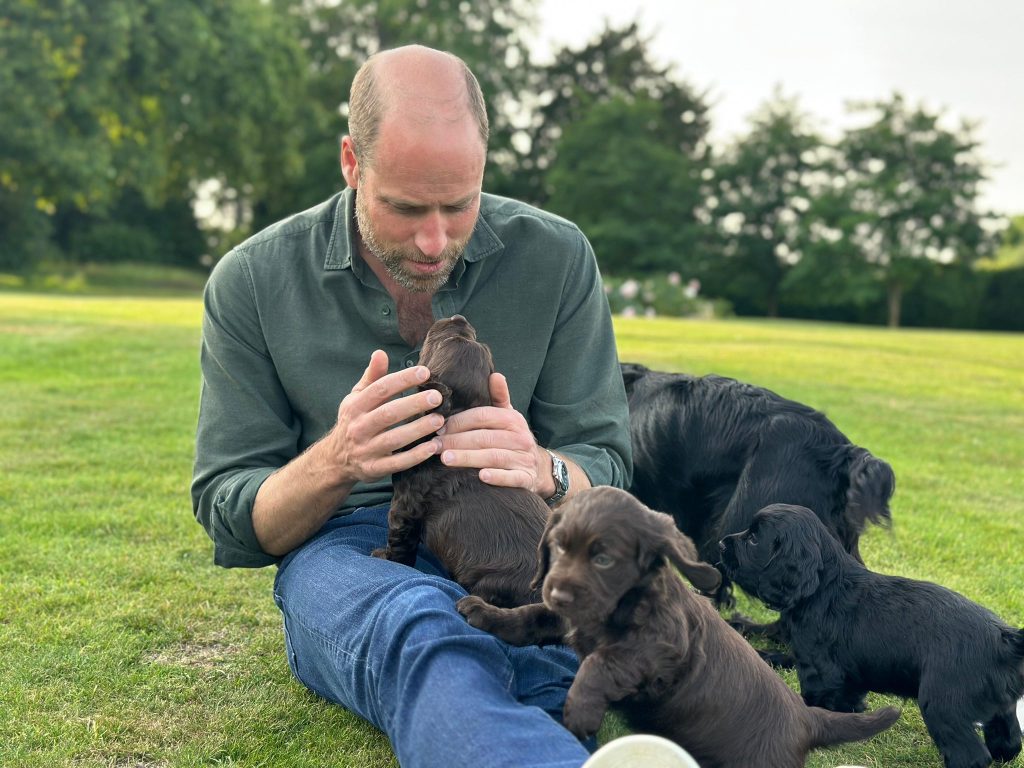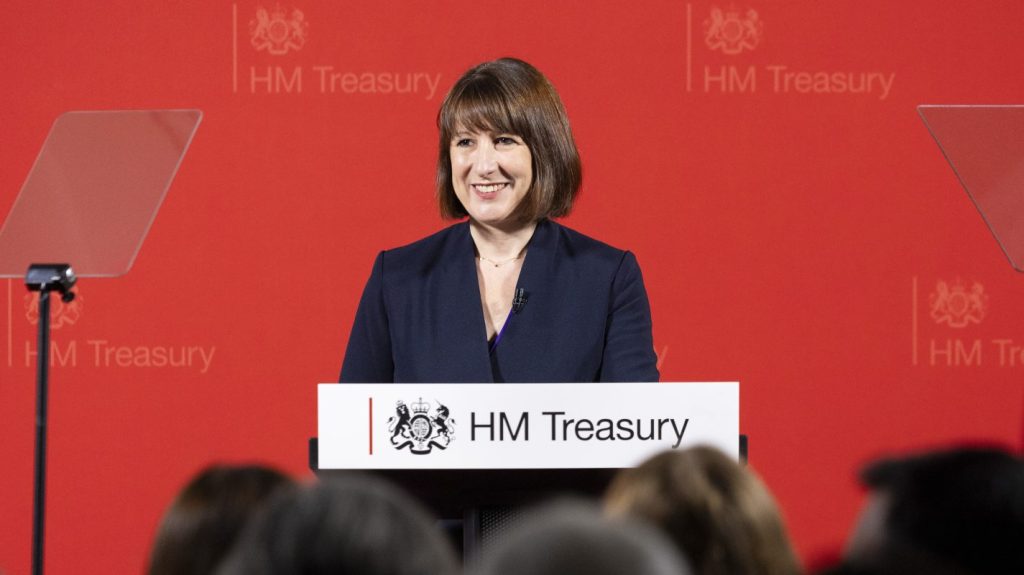News
Who’s at fault when red kites fail to soar?
RSPB Scotland hits out at north's shooting estates
Would you like to speak to our readers? We offer sponsored articles and advertising to put you in front of our audience. Find out more.There was no ambiguity about who the Royal Society for the Protection of Birds (RSPB) Scotland blames for the low success rate of reintroduced red kites in northern Scotland this week. On Monday, the charity pointed the finger squarely at sporting estates.
According to analysis of reintroductions, which began in the late-1980s, there are now eight times as many birds in the south of England as in northern Scotland, despite similar starts. In Scotland, red kites have been released in three separate areas by RSPB Scotland and Scottish Natural Heritage (SNH) ? in the area around Stirling, in Dumfries and Galloway and in the Black Isle. Despite the fact that all have experienced increases in numbers of breeding pairs in the past year, RSPB Scotland pointed to the fact that the Black Isle population of 41 breeding pairs is way below the estimated 320 breeding pairs in the Chilterns.
Investigations by the charity have identified five cases of red kite poisoning in the Highlands this year, and despite its admission that the crime is hard to detect, the charity stated ?illegal human persecution must be considered to be one of the main factors for the vast shortfall?.
?The UK has become a very successful outpost for the red kite in Europe,? said Duncan Orr-Ewing, head of species and land management at RSPB Scotland, ?but it?s saddening that when a species is clearly thriving after reintroduction, it is held back by the acts of humans in one part of the country and not the others.?
Commenting on the RSPB?s own acknowledgement in its 2005 review of persecution in Scotland that the crime is declining, Bert Burnett of the Scottish Gamekeepers? Association told ST: ?Unfortunately, despite obvious increases in almost all raptor populations, the RSPB continues to accuse keepers across the UK of holding back what it terms ?recoveries? of these birds. If the landowning interest is really doing as much damage as the RSPB likes to claim, how is it that these avian predators have increased by hundreds of per cent in many cases? Buzzards, ravens, sparrowhawks and goshawks have, according to members of the public as well as gameshooting interests, become so numerous that many people now question the relationship between the lack of songbirds and increasing predatory birds?.
Mr Burnett hit back at what he described as the RSPB?s haste to take the moral high ground while ignoring the damage raptors are doing to wildlife: ?The RSPB is clearly not content to produce actual wildlife crime convictions but resorts to using figures based on ?probable? or ?possible? crimes; none of which it can verify. It seems that in these cases the RSPB adopts the role of judge and jury.?
Related articles
News
PETA attacks royal couple for breeding cocker pups
The Prince and Princess of Wales have faced criticism from animal rights group PETA after they had a litter of puppies
By Time Well Spent
News
Farmers launch legal review against Reeves’s farm tax
Chancellor Rachel Reeves faces a judicial review over inheritance tax reforms that could force family farms out of business
By Time Well Spent
Manage Consent
To provide the best experiences, we use technologies like cookies to store and/or access device information. Consenting to these technologies will allow us to process data such as browsing behavior or unique IDs on this site. Not consenting or withdrawing consent, may adversely affect certain features and functions.
Functional Always active
The technical storage or access is strictly necessary for the legitimate purpose of enabling the use of a specific service explicitly requested by the subscriber or user, or for the sole purpose of carrying out the transmission of a communication over an electronic communications network.
Preferences
The technical storage or access is necessary for the legitimate purpose of storing preferences that are not requested by the subscriber or user.
Statistics
The technical storage or access that is used exclusively for statistical purposes.
The technical storage or access that is used exclusively for anonymous statistical purposes. Without a subpoena, voluntary compliance on the part of your Internet Service Provider, or additional records from a third party, information stored or retrieved for this purpose alone cannot usually be used to identify you.
Marketing
The technical storage or access is required to create user profiles to send advertising, or to track the user on a website or across several websites for similar marketing purposes.

